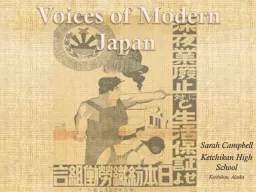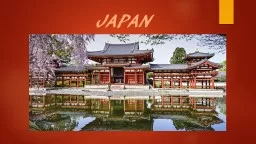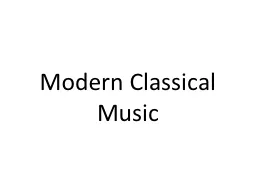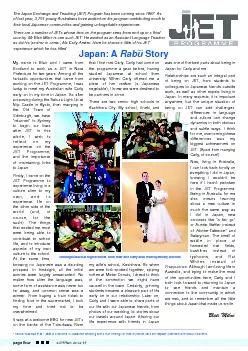PPT-Voices of Modern Japan
Author : pamella-moone | Published Date : 2016-06-01
Sarah Campbell Ketchikan High School Ketchikan Alaska Essential Question In what ways did the events of modern Japan influence writers of that period What perspectives
Presentation Embed Code
Download Presentation
Download Presentation The PPT/PDF document "Voices of Modern Japan" is the property of its rightful owner. Permission is granted to download and print the materials on this website for personal, non-commercial use only, and to display it on your personal computer provided you do not modify the materials and that you retain all copyright notices contained in the materials. By downloading content from our website, you accept the terms of this agreement.
Voices of Modern Japan: Transcript
Download Rules Of Document
"Voices of Modern Japan"The content belongs to its owner. You may download and print it for personal use, without modification, and keep all copyright notices. By downloading, you agree to these terms.
Related Documents














